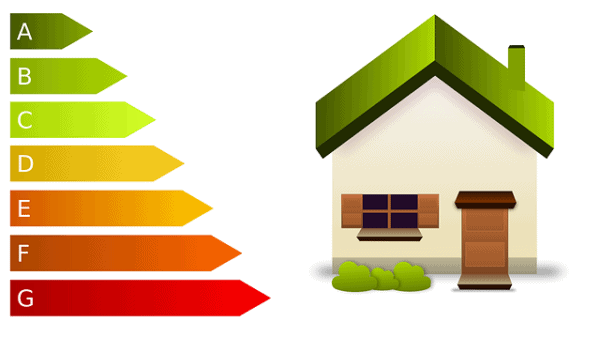
Energy efficiency is something that gets discussed a lot by architects, designers, utility providers, service companies, politicians, and earth-friendly organizations. Yet despite the conversation around this topic, few homeowners actually know how efficient their homes are. And if they did know, they’d probably be shocked to discover gaping inefficiencies in key systems.
Are These 5 Areas Holding You Back?
Because energy efficiency isn’t always easy to measure, you may not have an idea of how you’re doing in the pursuit of curbing and conserving energy. And unless you’ve worked closely with experts to renovate and redesign your home, chances are it’s not as efficient as you think.Let’s investigate some of the key areas holding you back (and how you can overcome the inefficiencies that plague you):
- HVAC
Nothing has more of an impact on your home’s energy consumption than your HVAC system. Whether it’s the middle of summer or the dead of winter, this system is always working to maintain an even and comfortable temperature. If there’s anything lacking or out of balance, energy will be wasted,and the entire system will be compromised.
“Dirty or clogged air filters lower the energy efficiency of your HVAC unit and can lead to costly damage,” J&W Heating and Air explains.“For best results, clean or replace your air filter every month. Three months is the maximum amount of time between cleaning or replacing your air filter. If air can’t flow freely, your HVAC system must work harder.”
It’s also smart to have your air ducts cleaned every few years and to repair worn parts before they break. A programmable thermostat will also come in handy.
- Attic and Roof
Did you know that you lose a lot of heating and cooling through your attic? If your attic space is poorly insulated, it may actually be one of the leading sources of inefficiency in your house.
The good news is that you can easily address this issue by blowing in some extra insulation. Most homeowners spend somewhere between $873 and $1,893 on this project, while saving hundreds of dollars every year after. The payback period is typically just three or four years.
- Windows and Doors
Try running your hand along the edges of the windows and doors in your home. What do you feel? If you notice a cool draft in the winter or hot air in the summer, this is a sign that you have air leaks in your home.
Fixing these leaks may be as simple as pulling out a caulk gun and sealing off the areas that are affected. Weather stripping around windows and doors is another option.
- Hot Water System
You probably don’t spend much time thinking about your hot water system. As long as your showers run hot, you don’t have much reason to think about it. But you should!
“First, turn down the temperature of your water heater to the warm setting (120°F),”advises Harvey M. Sachs, Ph.D.“Second, insulate your hot water lines so they don’t cool off as quickly between uses. Third, use low-flow fixtures for showers and baths.”
- Appliances
Your home’s large appliances – such as washers, dryers, stoves, dishwashers, and refrigerators – are serious culprits when it comes to wasting energy. Replacing these old appliances with more energy efficient alternatives will save you a lot over the long haul.
A refrigerator with an Energy Star label will save you roughly $35-$70 per year compared to older models. Over a 15-year life of the unit, that can amount to between $525 and $1,050.
- Landscaping
Your landscaping might not be doing you any favors. If you want to keep your home comfortable inside, you have to think about the outside. From trees and shrubs to umbrellas and roof overhangs, blocking direct sunlight will keep your home cooler in the summer and prevent uneven temperatures throughout the year.
Is Energy Efficiency a Priority in Your Home?
You can’t achieve energy efficiency without being proactive. Older homes haven’t been designed with efficiency in mind,and you’ll have to make some tweaks and changes to achieve certain goals. Hopefully this article gives you a clear idea of how and where to start!
 Gearfuse Technology, Science, Culture & More
Gearfuse Technology, Science, Culture & More


